Photo by Carol Thomas
Chaparral Prairie
Chaparral Prairie: A 130-acre State Nature Preserve located in Adams County, Ohio. The Arc of Appalachia, with the help of Clean Ohio funding, expanded the State Nature Preserve with a 60-acre purchase in 2015, bringing the total preserve size to 130 acres. Although the Arc still owns the 60 acres, the State manages it as an extension of the Chaparral State Nature Preserve. Chaparral Prairie offers three loop hiking trails and one spur trail, totaling 1.6 miles. The highest variety of prairie flowers can be seen during the first three weeks of August. To catch Chaparral Prairie’s signature floral showcase, however, plan your visit in the very first days of August to witness the outstanding seasonal spectacle of dense blazing stars (Liatris spicata) in bloom.
Hiking: Sunrise to Sunset
Address: 209 Hawk Hill Rd, West Union, OH 45693
Download and Go! - Hiking Guide and More Information
A dog owner's guide to hiking the Arc of Appalachia

Blazing-Star - Photo by Jeff White
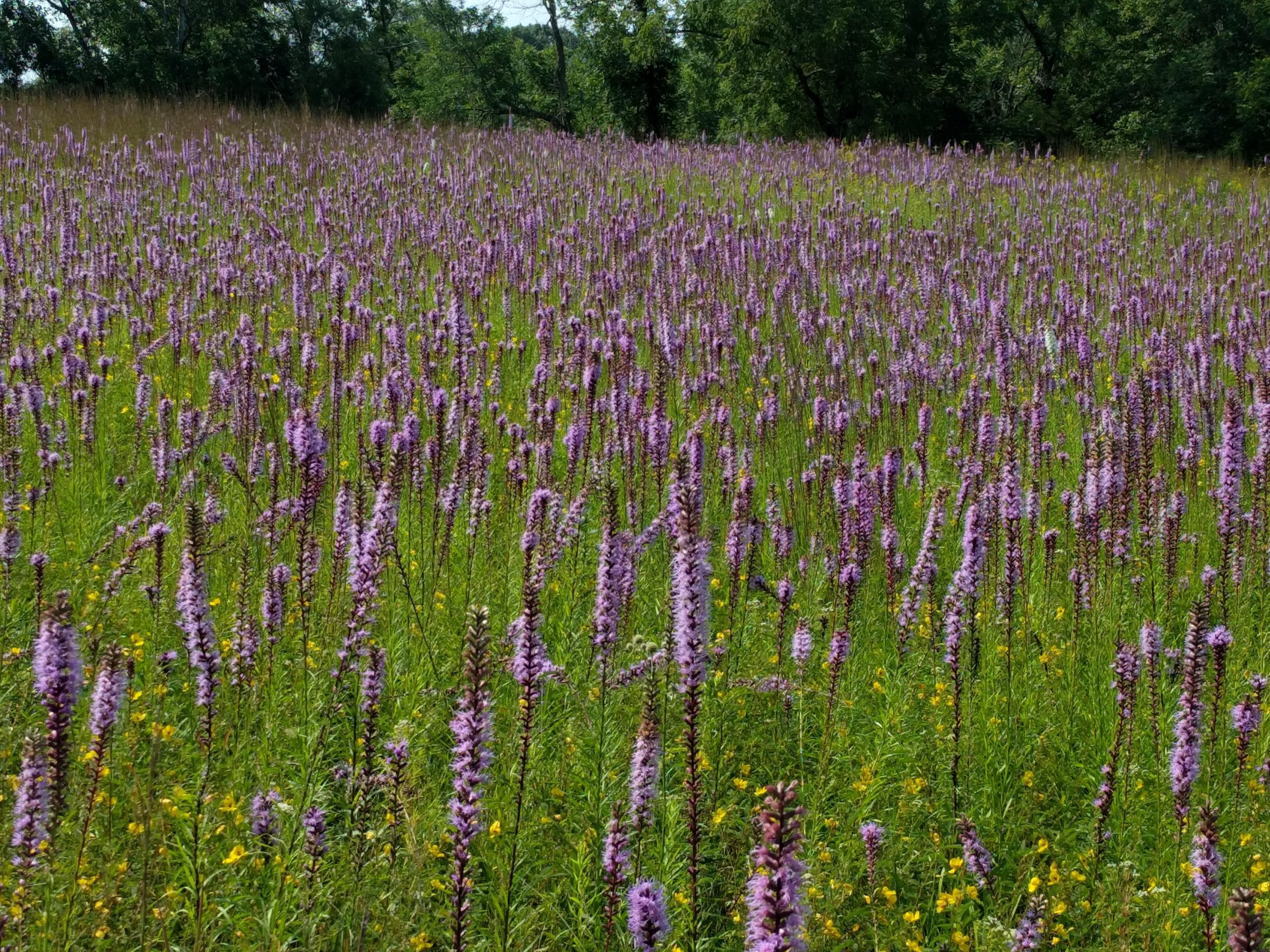
Field of Blazing-Star - Photo by Stan Sells
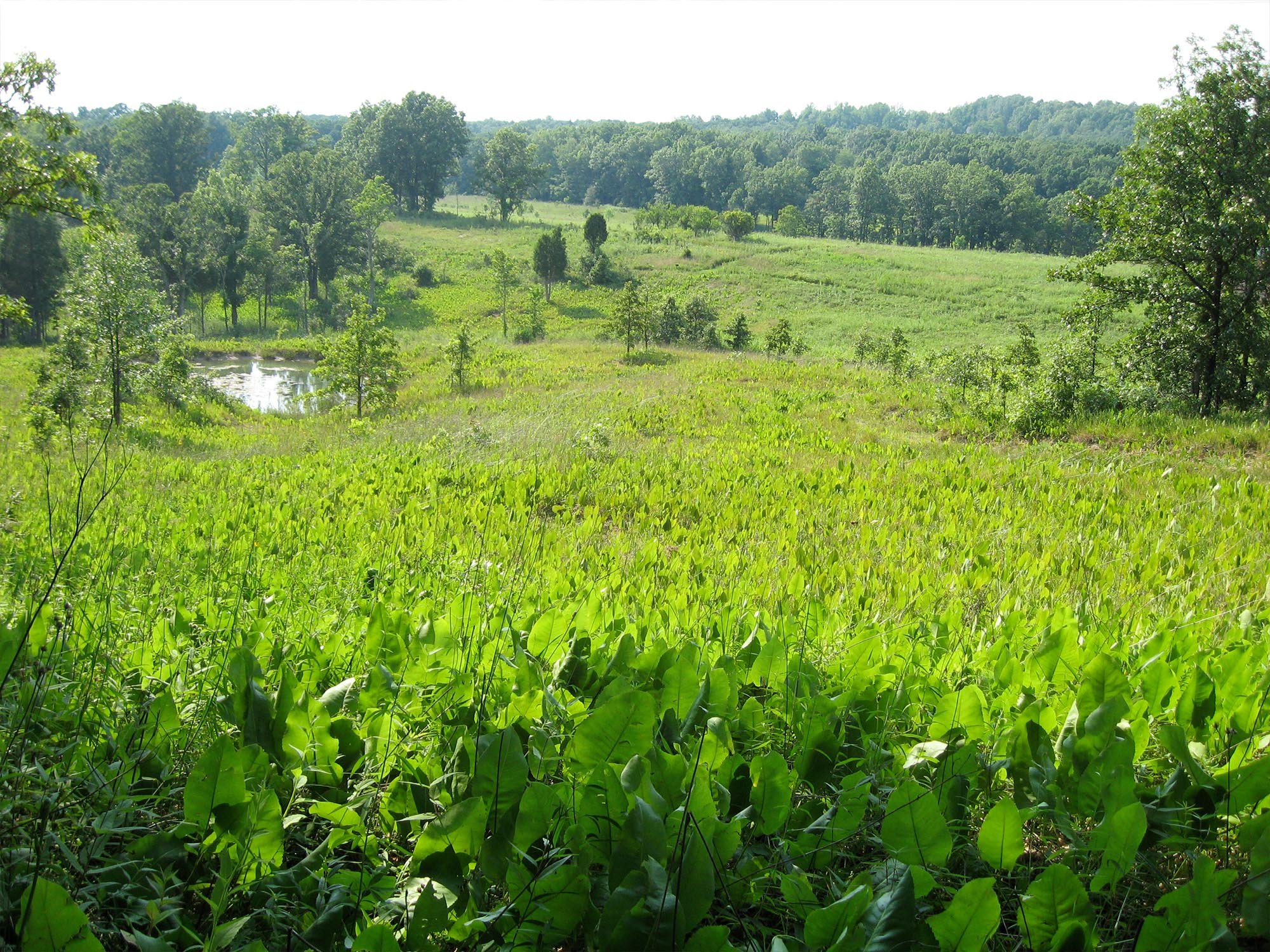
Prairie Dock
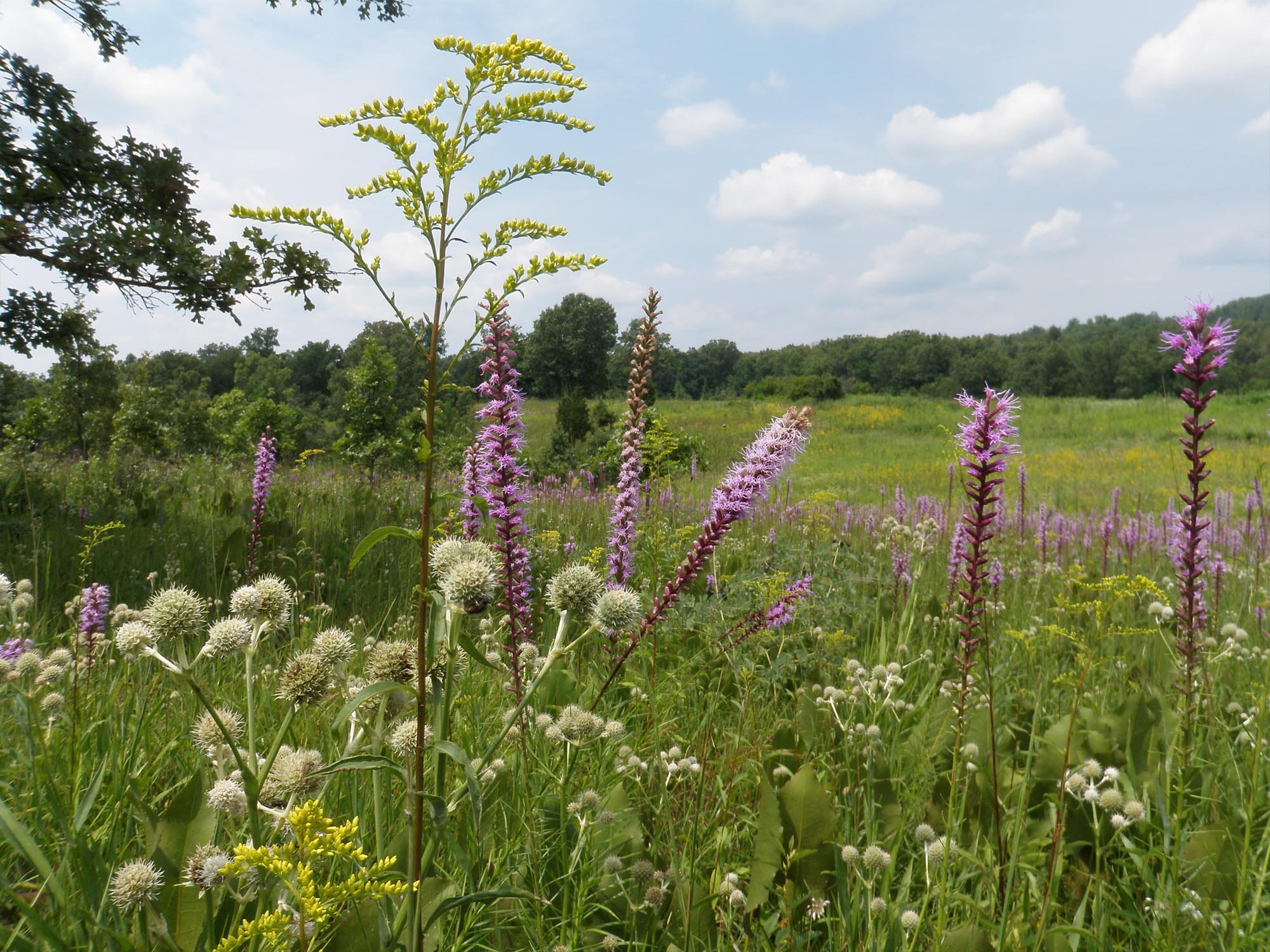
Chaparral has the most extensive population of rattlesnake-master in the state - Photo by Martin McCallister
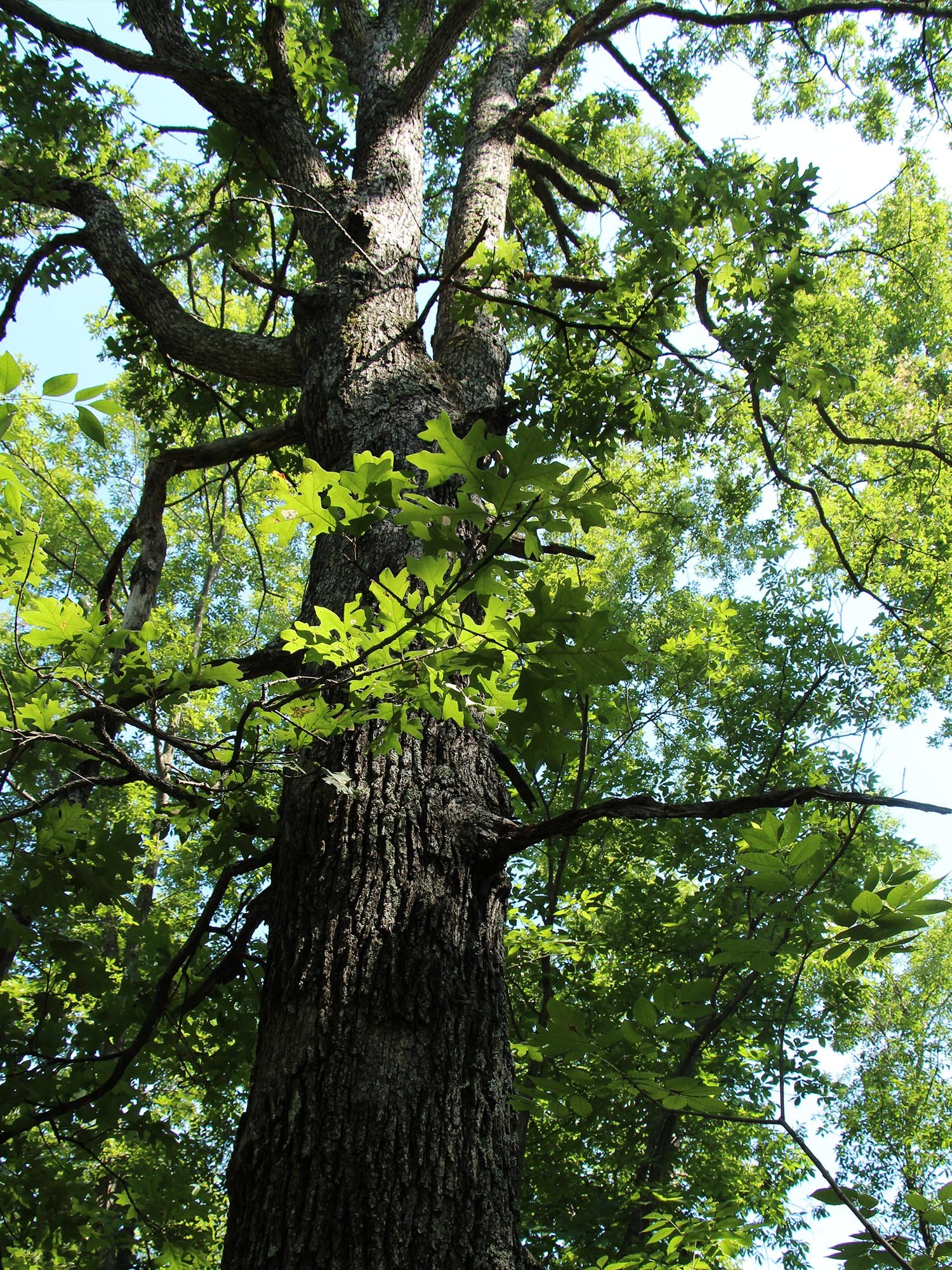
Post Oaks are scattered throughout the preserve
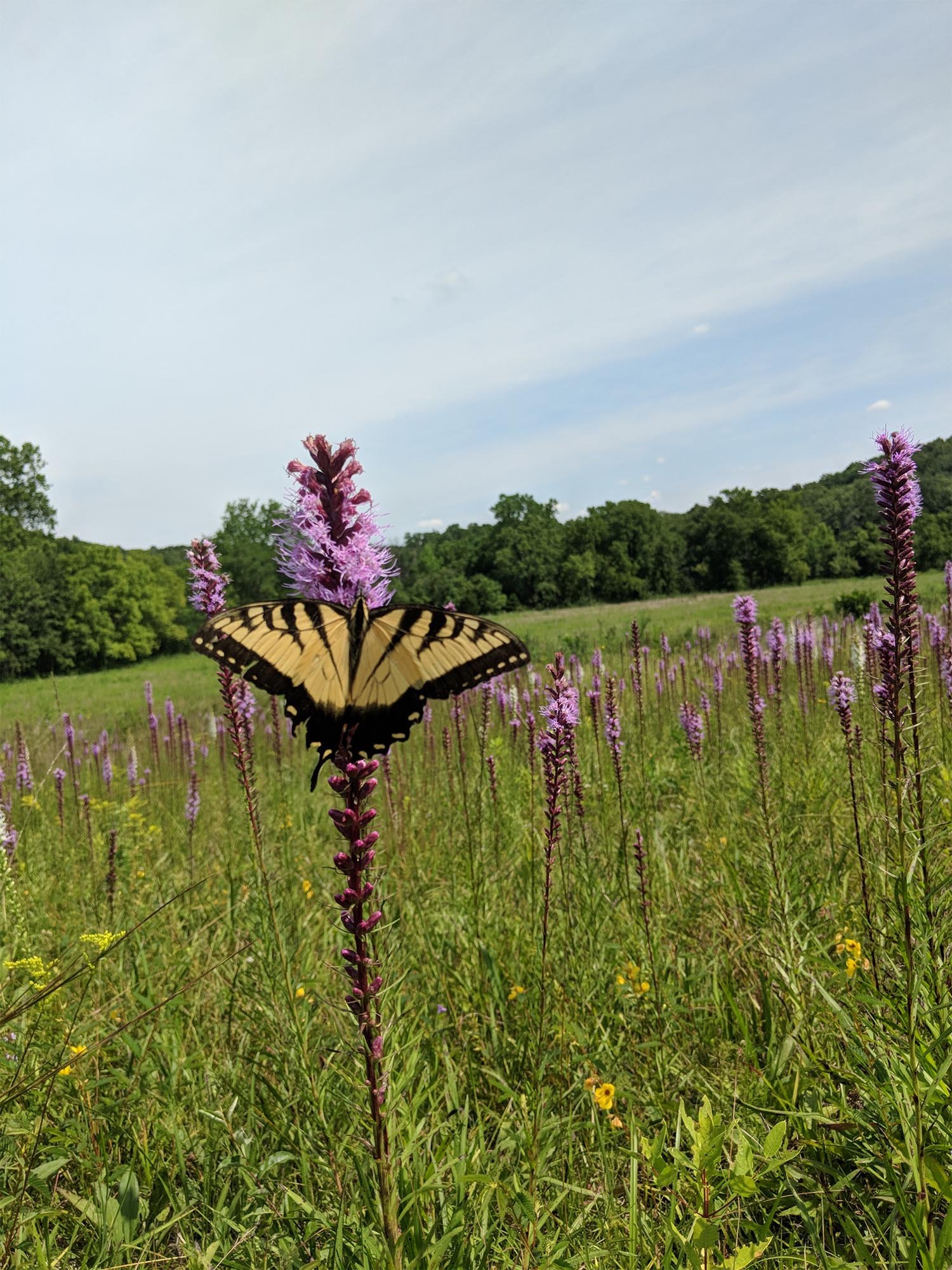
With the amount of summer wildflowers at Chaparral Prairie, there is an abundance of butterflies! - photo by Carol Thomas
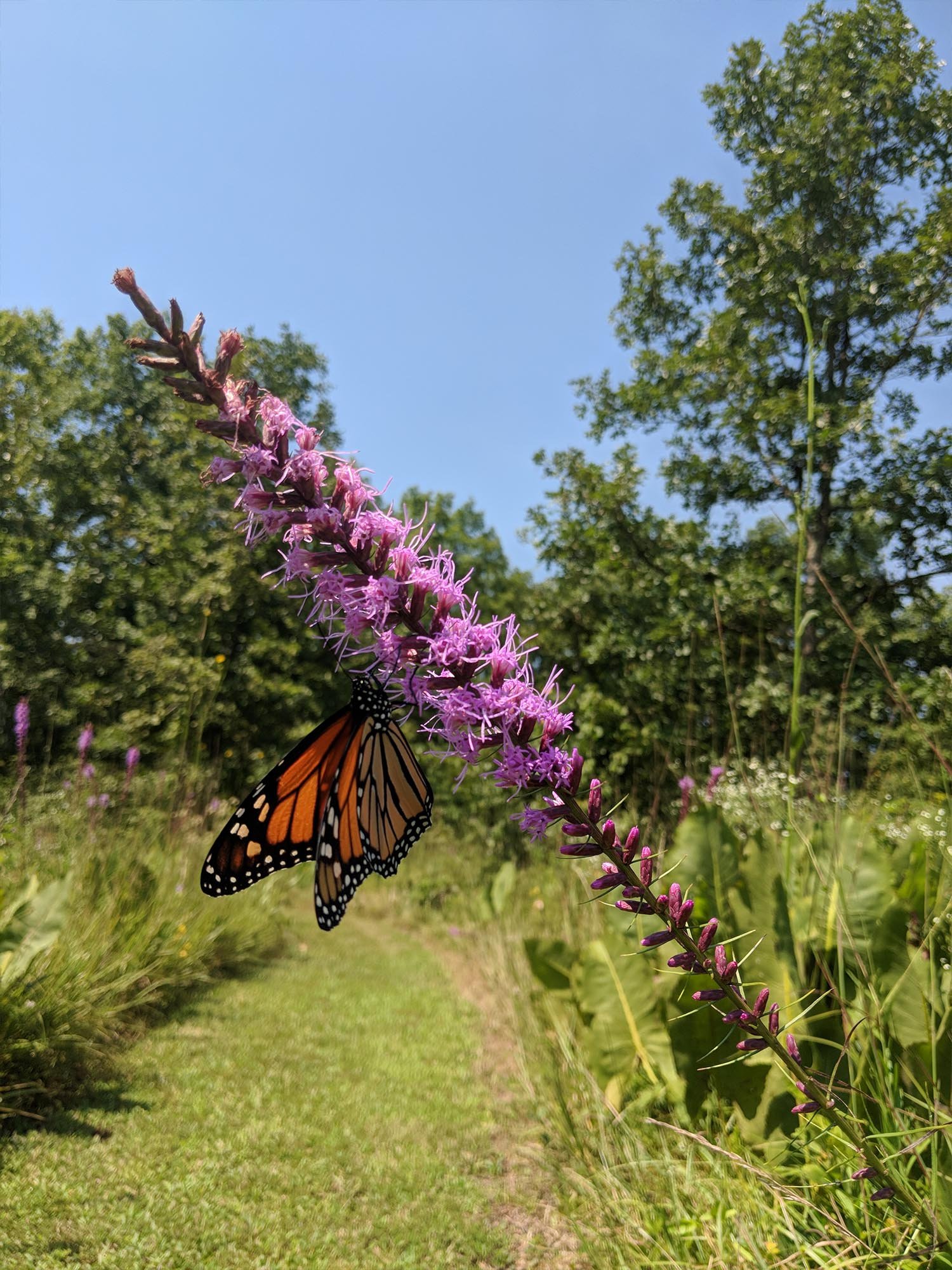
Monarch Butterfly on Blazing Star - Photo by Carol Thomas
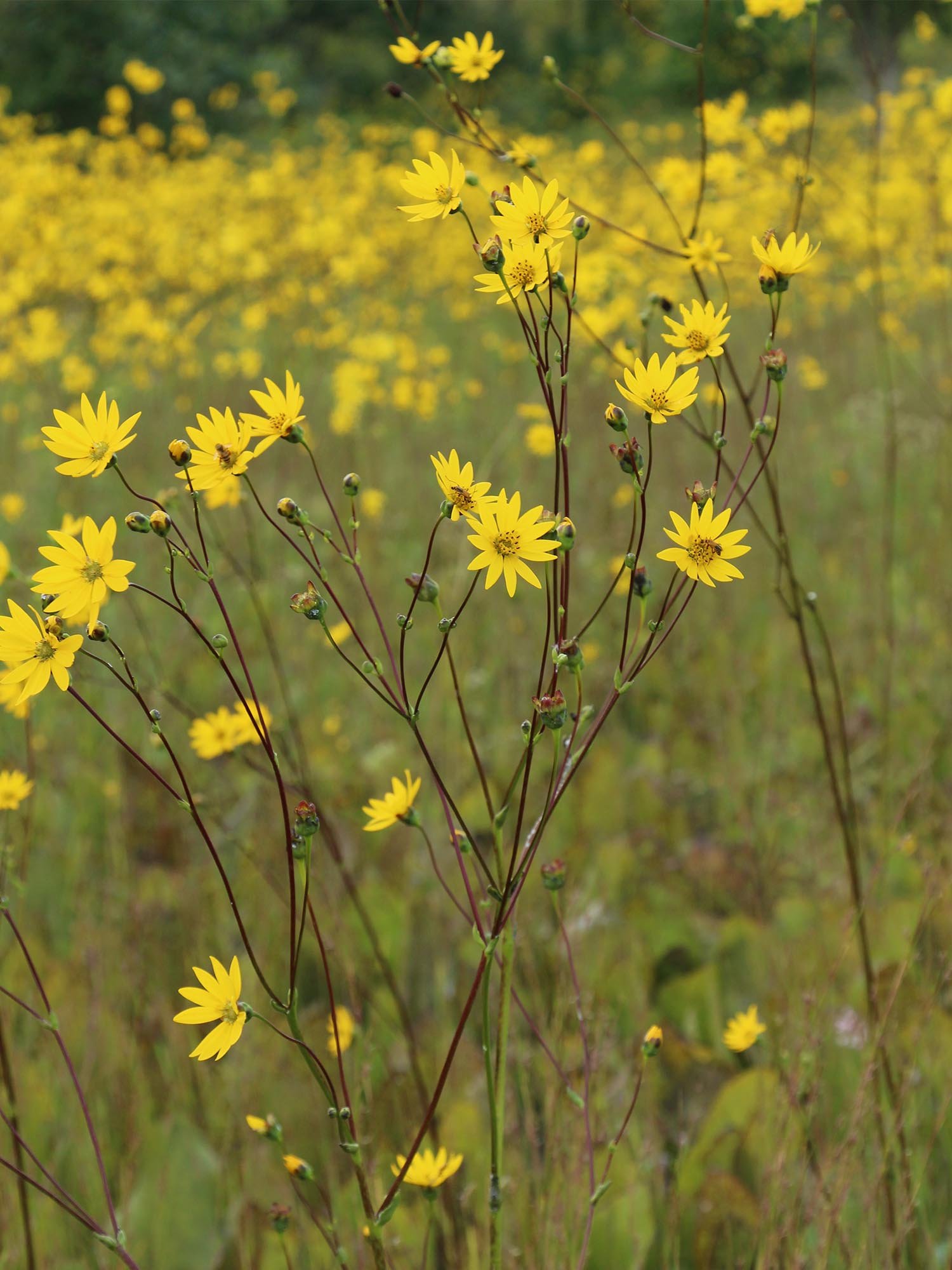
Prairie Dock Blooming
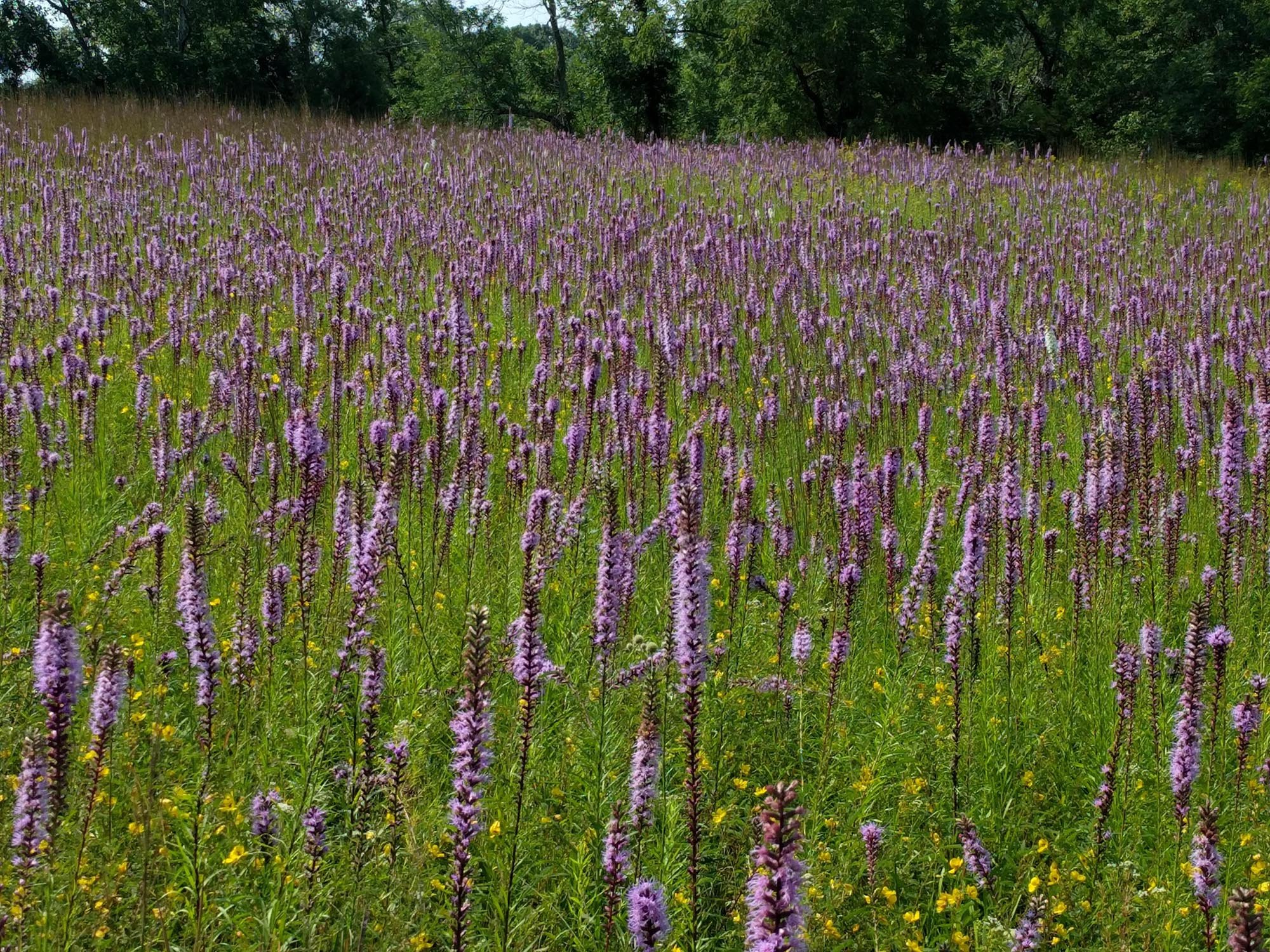
Field of Blazing-Star - Photo by Stan Sells
Natural History. Chaparral Prairie is mostly an Eastern short-grass prairie, boasting a high proportion of wildflowers to grasses, which contributes to its showy floral displays. A few tall grasses are scattered through the prairie, most of which are either Indian grass (Sorhastrum nutans) or big bluestem (Andropogon gerardi), grasses so tall once they fruit they tower over a person’s head. Prairies are usually either outcompeted by woodlands or they have been plowed under and planted in fescue for grazing. The few prairie remnants that have survived these perils shelter many rare plants that can be found in no other habitat. Chaparral Prairie boasts an impressive number of 22 state-listed endangered plants.
The preserve’s woodlands show the region’s prairie influence in that they not only contain white oaks and black oaks, which are common trees in Ohio, but they have stately specimens of post oak (Quercus stellata) – an oak adapted to dry, poor soils that is often found on the woodland fringes of prairies.
The Arc’s addition to Chaparral Prairie has responded to the Division’s management techniques with vigor. Today the 60-acre addition boasts the showiest populations of dense blazingstar, to be found anywhere in the state. When it is in peak bloom, the meadows are filled with bright purple-violet wands of flowers waving in the wind.
Preserve History. When Chaparral Prairie was designated a state nature preserve in 1985, it was the first preserve ever acquired with state tax check-off funds. Prior to its purchase, the land had been developed as a farm and planted with non-native fescue and sweet clover. Staff with the Division restored the native prairie plant community through routine burns that activated the native prairie seed bed lying dormant in the soils. They laboriously removed hundreds of red cedars and white pines as well as non-native invasive species. Today Chaparral is a blooming success story. One of its signature prairie plants, rattlesnake master (Eryngium yuccifolium), has an estimated preserve population of 10,000 plants. Its charismatic globe-like flowers attract swarms of small pollinators and are extremely photogenic.

